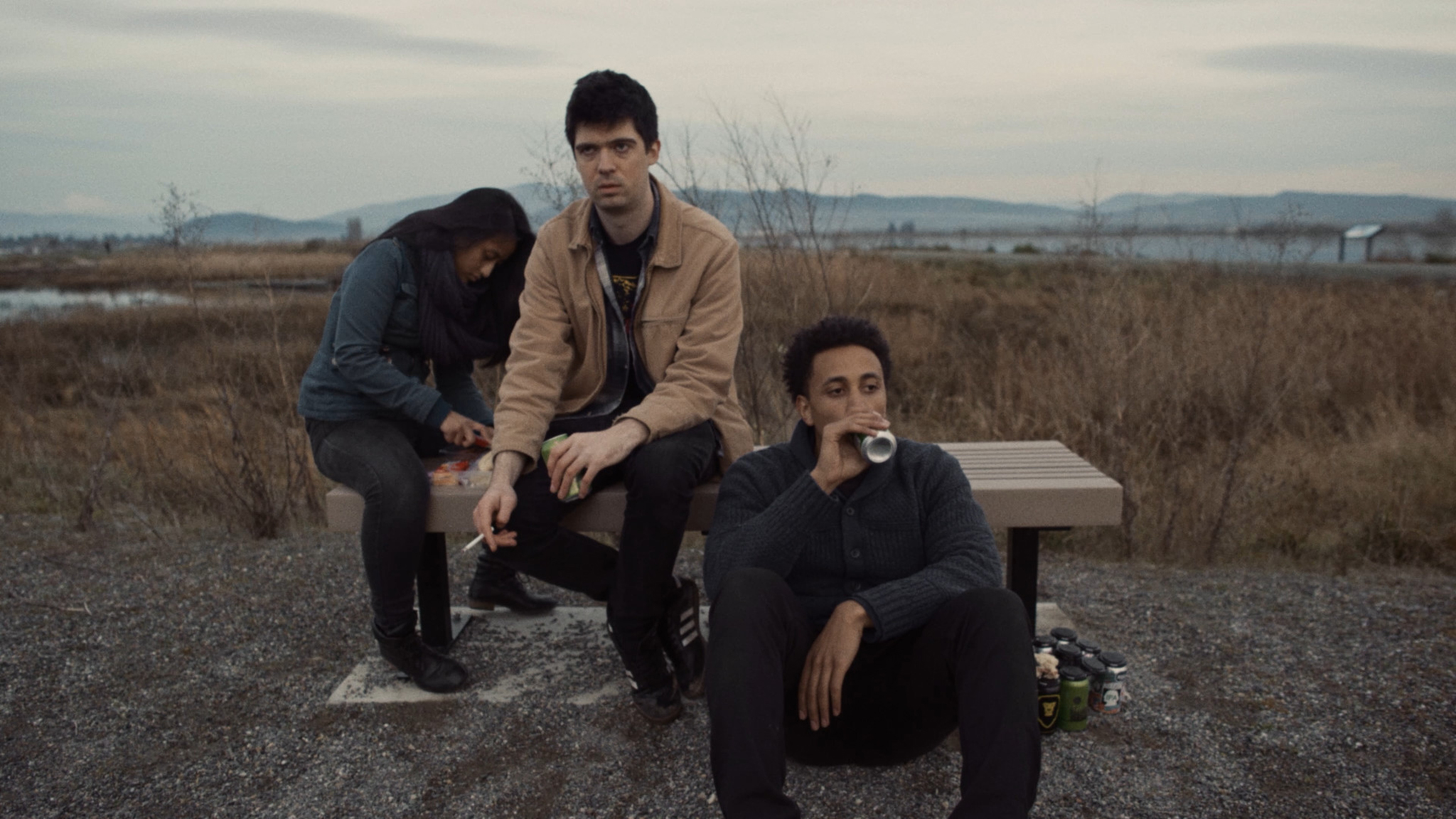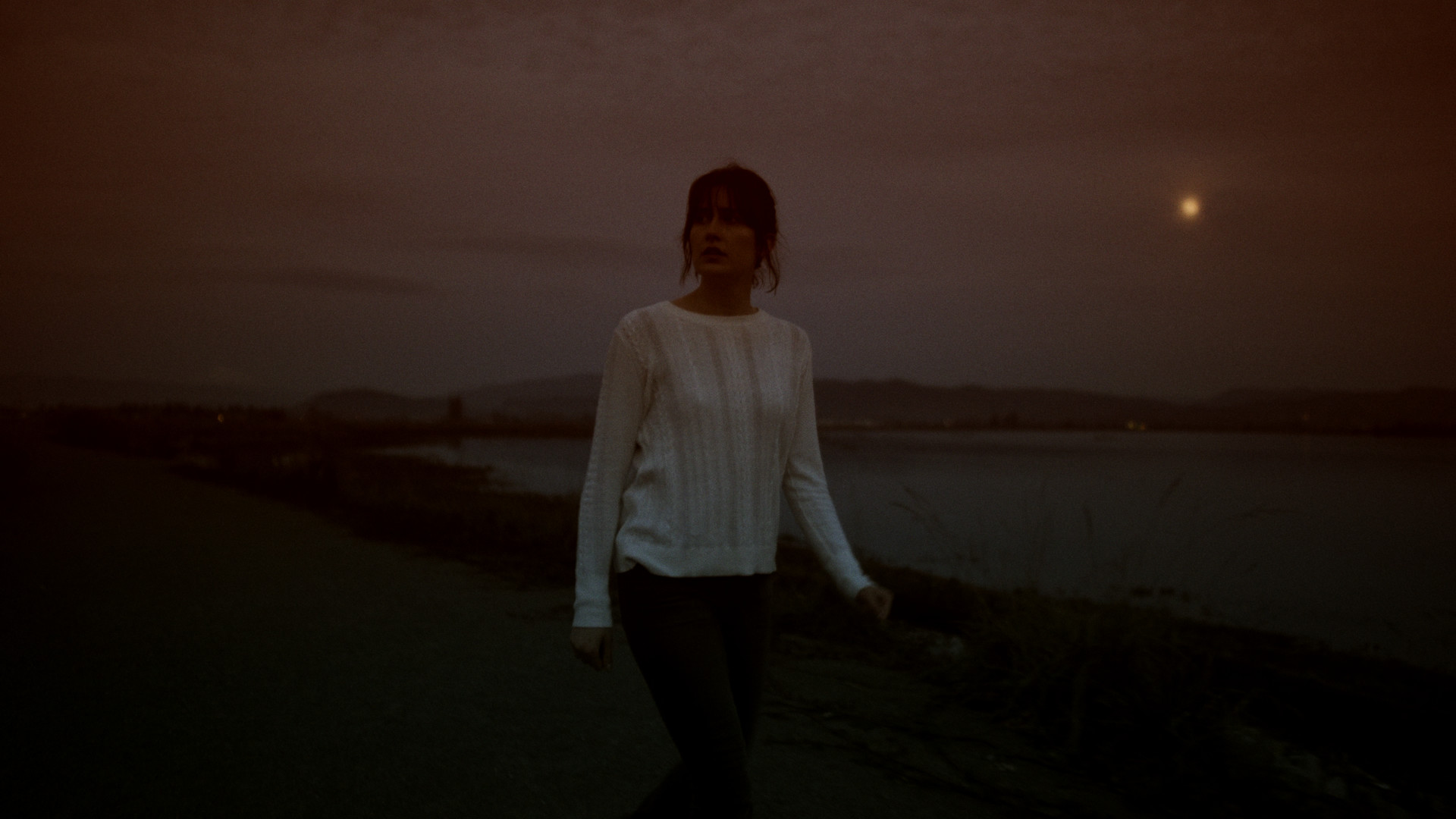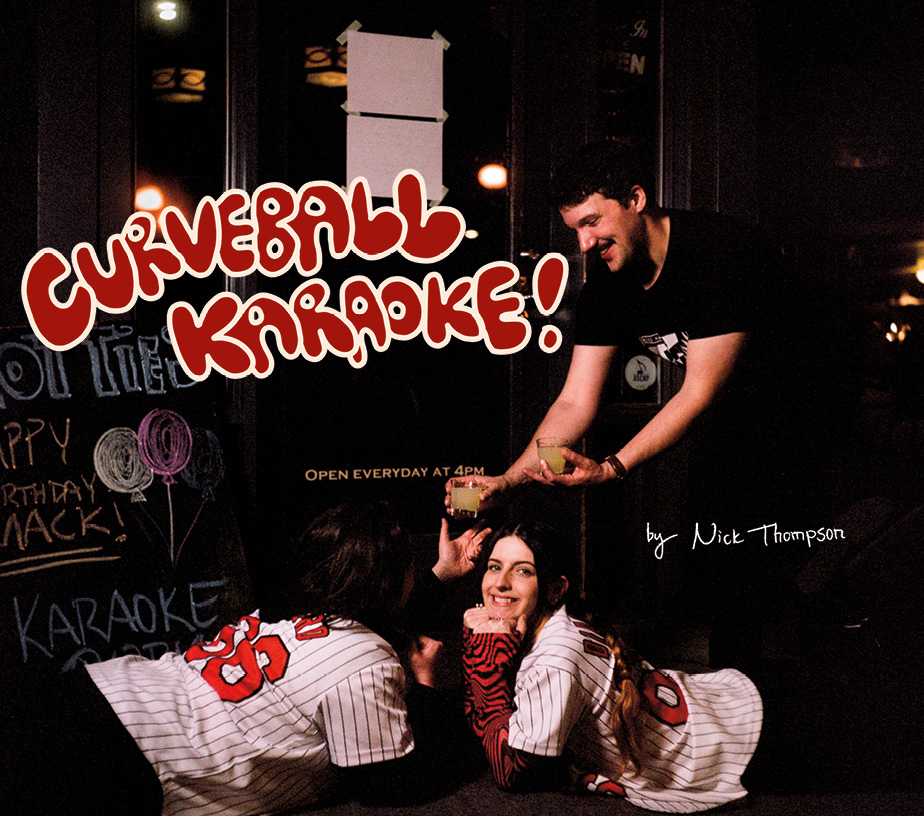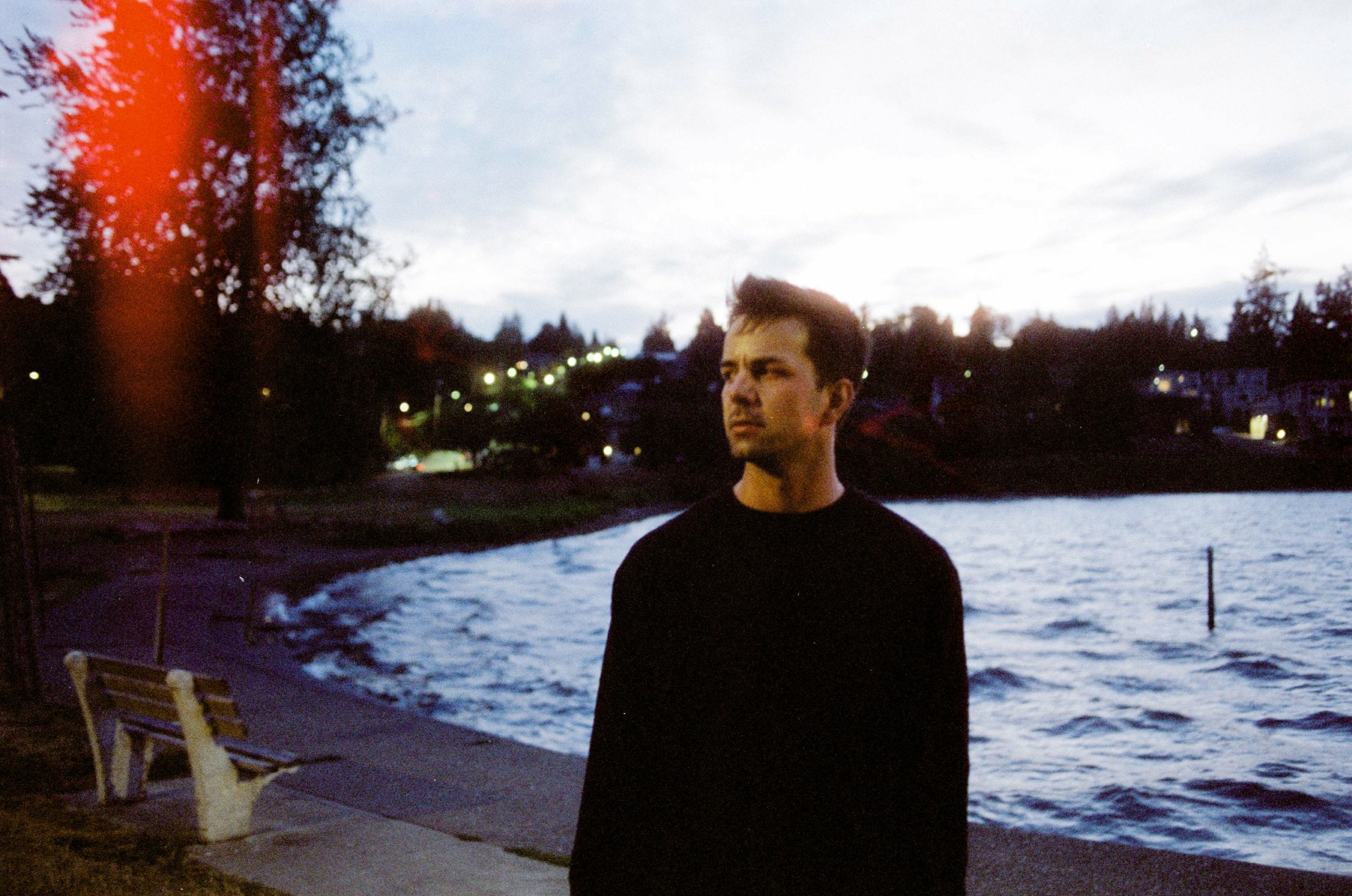We caught up with the brilliant and insightful Nick Thompson a few weeks ago and have shared our conversation below.
Nick, appreciate you joining us today. We’d love to hear about a project that you’ve worked on that’s meant a lot to you.
Without a doubt, my most meaningful project is the feature film I’m currently developing, Decade. Unlike my last film Skagit, an experimental horror film, this is much more realistic and based closely on the lives of me and my friends after we graduated high school.
The movie begins in Seattle in 2010, and follows three childhood friends as they break, rebuild and forsake their bonds across ten years of romantic and existential disillusion, always trying to flee the party or find one.
When we graduated, we couldn’t have foreseen the changes coming for us or our city. In the following years, we found ourselves drawn back to Seattle and to one another. Our relationships became both lifelines and obstacles as we navigated shifting identities. I began taking candid photos of my friends, which inspired the seeds of a film that grew into Skagit, which we filmed on a super low budget with a local cast and crew. It found a distributor and is now streaming around the world.
I think Decade tells a story often missing from contemporary cinema—not about a lone outlier, but rather one that depicts a group drifting together, shaping and reshaping one another as they navigate the messy, uncertain years between high school and adulthood, all woven through the fabric of a city that is rarely seen in movies, particularly through the perspective of people who grew up here.
I recently finished the screenplay and have partnered with a producer named Caleb Jaffe as we gather cast, crew, and funding for the film. I plan to release a photo book in tandem with the movie, featuring 35mm shots I took from 2010–2019, chronicling the friends and family who inspired the story. My hope is that Decade resonates with those who, like us, struggled to make sense of a time of upheaval and couldn’t find their stories in the films they watched.

Nick, love having you share your insights with us. Before we ask you more questions, maybe you can take a moment to introduce yourself to our readers who might have missed our earlier conversations?
I wanted to make movies from an early age, due in no small part to my parents Ann Hedreen and Rustin Thompson, who are a documentary filmmaking team. But like many people, I became unsure of this path in college. The idea of making a film brought with it an enormous amount of self-imposed pressure to make something that was not only high quality, but exactly the type of film I wanted to make, which often prevented me from doing anything at all. I think a lot of young artists experience this. Whereas photography I took up without thinking about it. I didn’t consider it my passion, which of course meant I ended up doing a lot more of it, and gradually got better. I started to see a movie in my pictures, and while living in New York, I realized I needed to be back in the Northwest to make movies, and to make movies set there.
I moved to the small town of Port Angeles to write the script for Skagit, which is about four friends who leave Seattle for a getaway weekend in the Skagit Valley. As the hours pass, the soaked, primeval landscape bears down upon them and they gradually lose their minds, getting sucked into their own alternate realities. We shot Skagit over three muddy weeks at twenty locations around the Skagit Valley, and several years and a pandemic later, it was released through the distributor MY Production, winning Best Feature at Hastings Rocks Film Festival and Bleedingham, among other awards.
I’ve continued with my photography and recently published Curveball Karaoke, my fourth photo book, featuring portraits of people who sing karaoke at a bar in Seattle, in tandem with a solo gallery show. I want to stay here in Seattle and continue to make art inspired by my environment and my experiences in the city.

Learning and unlearning are both critical parts of growth – can you share a story of a time when you had to unlearn a lesson?
To wait until I was ready. By this I mean multiple things, none of which are to dive headfirst into something crazy in some sort of risk-taking sense (though that can help too). I barely made any movies for years because I was paralyzed by the fear of making something bad or that wasn’t true to who I am. I once read something about how it’s very hard to decide to be a good writer, but if you decide to be a bad writer, you’ll be prolific. Then, of course, you go back and revise, and keep writing things that generally get better and better. Both artists and non-artists are have this image of artists being people who lay around daydreaming and pontificating. This can be essential sometimes, but the deceptively obvious fact is that the only way to make something is to DO something – a physical action. The other definition of being ‘ready’ is feeling like you can’t be ready until you have enough time to get started on something. This one I still have to remind myself of – the idea that when I have a full day or week or even an hour, then I can start on the important thing. When editing my feature Skagit, I had to train myself to treat it more like other types of work and become willing to chip away at it for a couple hours, or even just 30 minutes, if that’s all I had. I tried to focus on the time I spent as a measure of success rather than what I got done in that amount of time. In the end, this meant that I was both putting more time into it, and also more able to put it out of my mind when I was done each day.

What can society do to ensure an environment that’s helpful to artists and creatives?
This support starts in childhood – passing down not just an appreciation of art, but more importantly, a habit of experiencing and engaging with art, is the only way to ensure that our children will take this habit into adulthood. We also need to treat art as something that doesn’t only have value as either a) a break from work or b) something to build skills that can be useful for other types of work. Both of those concepts are valid, but even discussing whether art deserves support is missing the point – it has always been a part of human society, and is intrinsic to our lives. Art, especially good art, contains its own purpose.
We don’t have a direct say over the types of films and TV that are being made, and the addictive social media which competes with them for our attention. However, what we do have is a ton of options and control over what we watch and how we watch it, so it’s strange how little people take advantage of that, how passively we often engage with movies and TV. This goes for other art forms too. Watching one bad movie and half-paying attention to it is not going to have any negative impact on you – it can be fun and good to do every once in a while. However, doing this often, in place of engaging with something better, will gradually affect your taste, it will affect how you feel, how you think, and, crucially, what you pass on to your friends and the next generation, no matter how aware you are that you’re watching something bad.
This also goes for viewing with divided attention and having the sound (half the artwork) turned down low, replaced by subtitles – you’ll experience the movie more as a collection of info and concepts, rather than a linear, visceral experience, which also changes one’s perception of art over time. I recently read an article that quoted people who’ve made films for Netflix saying that a frequent note they receive is to have characters announce out loud what they’re doing so that people who aren’t paying full attention won’t miss anything. This topic at hand was how Netflix’s business model is essentially focused on creating content for people who aren’t actually watching – the only important thing is that they’re subscribed. Spotify is filling playlists with more and more music made by musicians they hired to make something that’s then released under fake names and artist biographies. Spotify owns the songs and they take spots on playlists which could be filled by other musicians. We all listen to music in the background sometimes, but Spotify is relying both on this becoming more common as well as on people growing unaccustomed to actively choosing their music – hence they won’t notice they’re listening to a bunch of made-for-Spotify tracks. If you think that artists should just do it for the love of it, consider the fact that you’re still paying a massive company for art, you’re just not paying artists for it. Don’t get me wrong, these corporations are far and away the main problem here, but things can only change if we do our part. Not doing so affects our well being because we’re not getting enriched and entertained by what we’re watching to the same degree. When a majority of the population is doing this, it does affect what gets made and seen. There’s so many great movies available that are still very accessible and entertaining. Being active and intentional while watching requires little effort, doesn’t prevent you from watching what you like, and in turn can reap enormous benefits for both you and those around you.
Contact Info:
- Website: https://nicktfilms.com
- Instagram: @skagitfilm



Image Credits
Portrait of me – by Jacob Alhadeff
Skagit screenshots – Alexander Lenzi
All other photos by me, Nick Thompson


